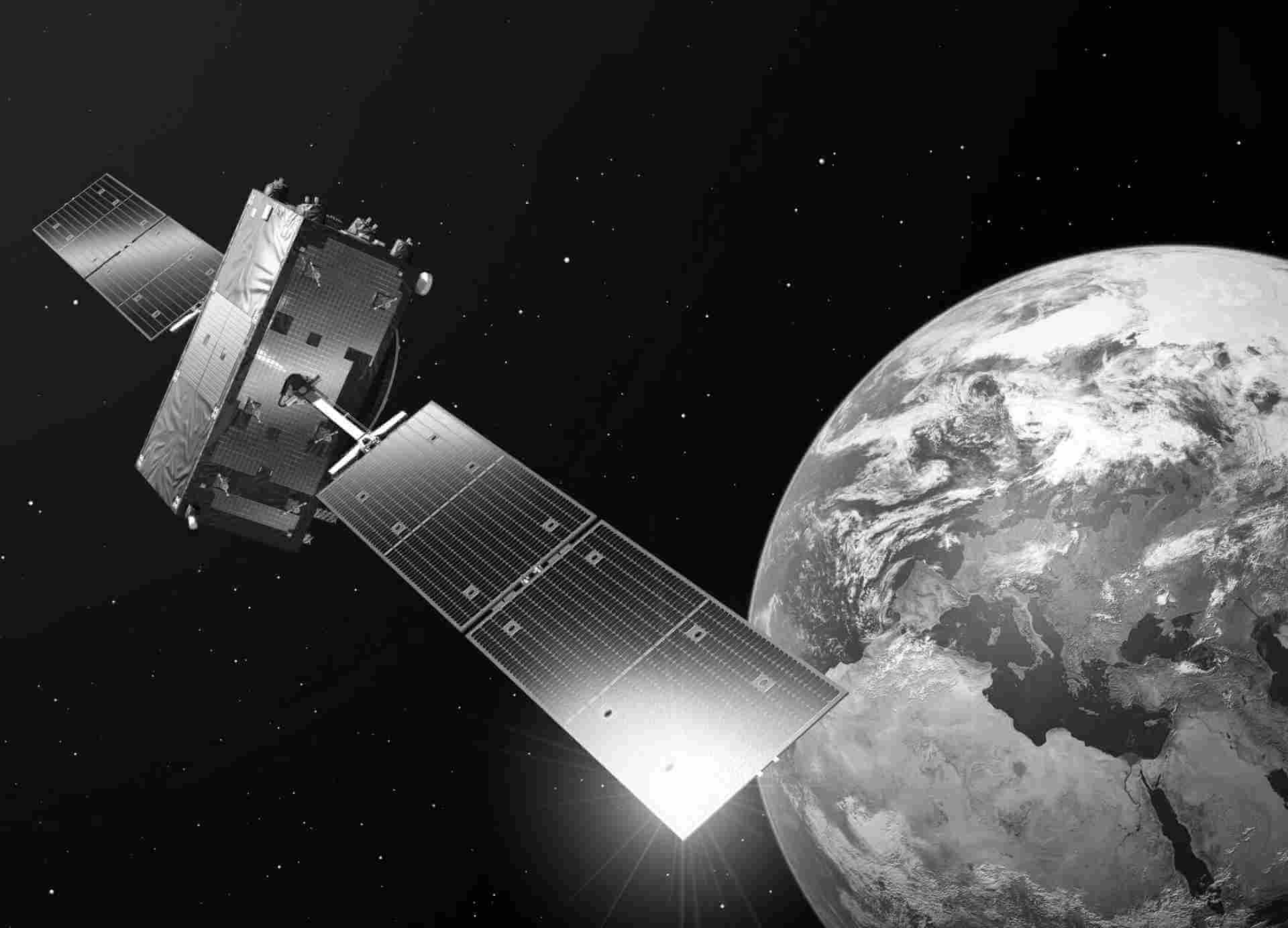Open EO Platform
openEO platform provides intuitive programming libraries to process a wide variety of earth observation datasets. This large-scale data access and processing is performed on multiple infrastructures, which all support the openEO API. This allows use cases from explorative research to large-scale production of EO-derived maps and information.
Clients
OpenEO Platform can be used in a wide variety of programming languages and environments:
Data Collections
Below you can find a selection of our major data collections. You can also browse through all available data collections.
Use cases
openEO platform is constantly evolving with new features that become available to users. New features result from a set of ten initial use cases that each bring new openEO process to provide the required analytical functionality. The following use cases have already been implemented:
Analysis-Ready Data
CARD4L compliant ARD with user-defined parametrisation for SAR and MSI
Crop Classification
Systematic EO feature engineering for crop maps
Forest Change Detection
Time series model fitting and predictions for change detection
Processing Capabilities
openEO Platform offers processing capabilities for a wide variety for Earth Observation workflows (e.g., Optical, SAR). All data is exposed as data cube to the user so that the complexity of file handling and data loading is abstracted away and users can immediately start with implementing their processing workflows.

